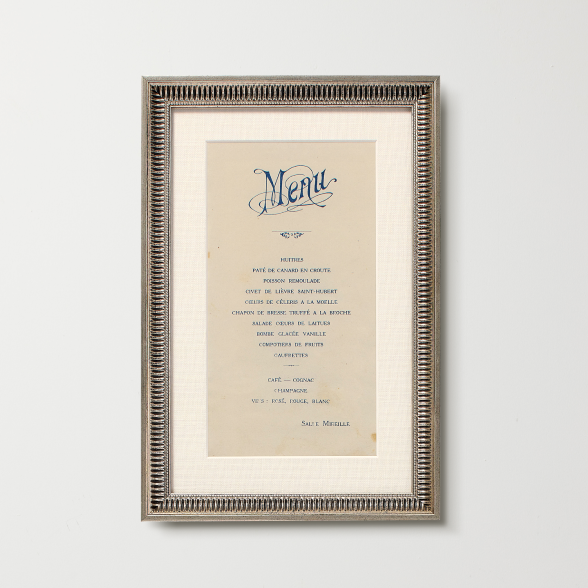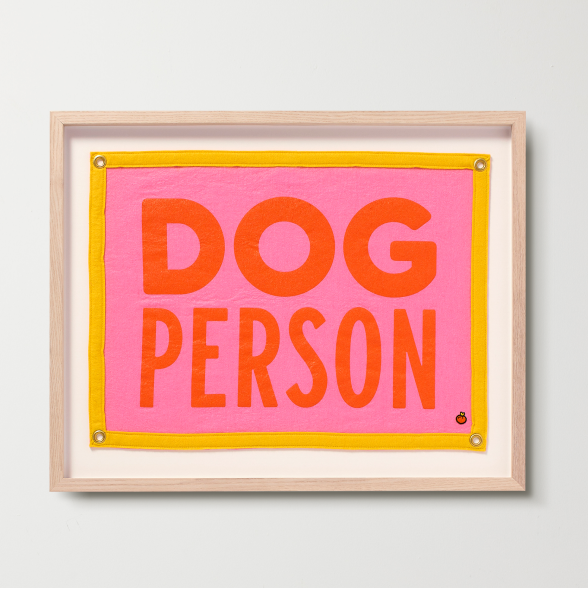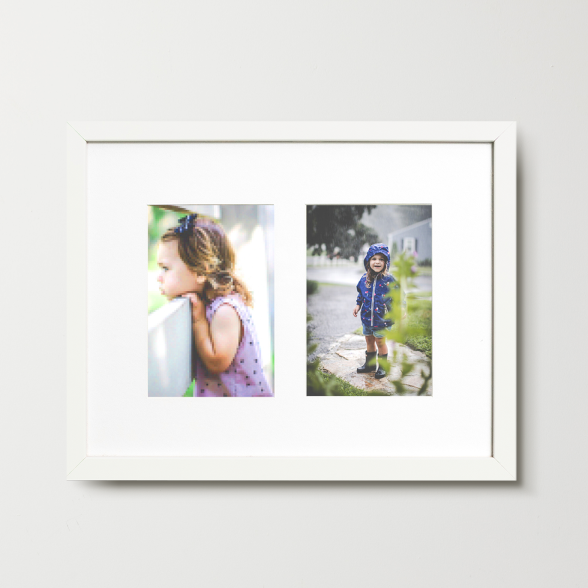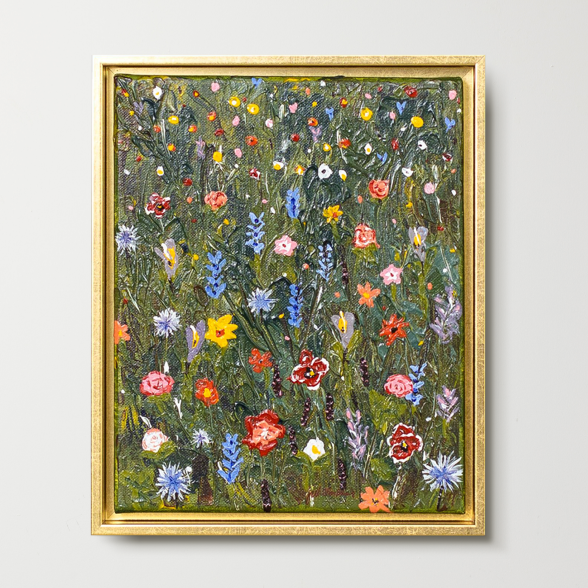Meet the Artist: Adrian Brandon
Adrian Brandon is a Brooklyn-based artist whose work focuses on the Black experience and raising awareness of the injustices the Black community faces. We’re proud to feature him as one of our favorite artists.

What is your background as an artist?
I’m 27 years old, from Seattle and in Brooklyn now. I think it’s pretty impossible for a lot of people to answer when they first became an artist. I was drawing at a very young age. My mom is a creative type. She can do pottery, sewing, mosaic, all that kind of stuff. Having that type of energy around the house, I definitely gravitated towards it. Late in high school I started taking art more seriously. When I went to college, I ended up studying architecture. I did a year abroad in Taiwan and then came to Brooklyn. Here, my art went to the next level with the amount of inspiration I’ve gathered from this city, in the energy, the visuals and the music. Living in Crown Heights in Brooklyn, I was captivated by all the movement and people and wanted to document it as best I could. Sketching anything that popped into my head grew into bigger window scene projects. Windows have always been a theme of mine since I moved to NY.
I really try to capture the full spectrum and range and focus on my experience as a Black man in this world. I want to show that we deal with the injustices, but we also have this other side to us and we’re not just victims of pain and suffering. We have a vibrancy and an ability to shine. I think that’s a really beautiful thing to show—the human moments that aren’t always portrayed in the media. I think it brings a nice perspective and understanding that is clearly needed right now.
Why do you think it’s important to portray the Black experience?
A lot of people of color have a moment they can recall when they were younger and they saw someone older, or read a book or heard a song or a movie and they saw themselves. They felt seen in that moment. Creating more representation and imagery of all the moments of the Black community and Black culture is really important. It’s important for younger generations to look up and see a poster or go to a gallery and see themselves. A kid riding on a bike with a durag flowing in the wind, they resonate with that. It will inspire them and motivate them. It’s really harmful seeing so much negative energy about the Black experience portrayed over the years. I think that’s so unhealthy and has damaging effects. I want to counteract that. Showing simple, calm, in-between moments of our lives is really powerful because it is in contrast to what we’re seeing in the media. We are more than what you see on TV. We are more than just athletes and rappers and people who get shot in the street. We have these livable moments that everyone can relate to and I think it’s really important to capture and flood the world with the whole spectrum of this experience.
What role do you think art can play in furthering these causes of justice?
This year I have really learned a lot about the power of art. I’ve always used art as a way to share my perspective and to put imagery to things I can’t put into words. Growing up in Seattle, in some of my schools I definitely stuck out. I was one of two Black boys in my grade. I felt like I represented the Black community to all my peers. That was a lot of weight and pressure. I turned to art to take that off and to show the other sides of me. I’m not just a track and basketball star. I’m not just going to fit in this one box. To me, it’s so important to use art as a way to share my experiences. People will pick up what they will. If they have an open mind, they’ll understand the more serious side of my art and take a minute to reflect and have conversations around it.
The Stolen series I’m working on has really taken off in a way that I couldn’t have imagined. I’m talking with family members of police brutality victims and they’re telling me how grateful they are to see somebody else tell their family story. I love how art is a universal language. There are people all over the world who are messaging me and studying my work right now. That’s incredible! It's a culture that I wouldn’t be able to interact with otherwise with language barriers, but they know the feeling of loss or grief or anxiety. They see my work and they are able to understand it and connect with it. It reminds me we need more of it and to continue to share our perspective as much as possible. Art is incredibly powerful in that way. With an open mind, I think it has a lot of power to make some real change in the world.
What is the Stolen series?
The basic premise is for every year [a victim of police brutality] lived, I color for one minute. I use markers and, for example, Michael Brown was 18 years old when he was killed, I set a timer for 18 minutes. I use color and paint with the markers for 18 minutes. As soon as that timer goes off, I put down my markers. For pieces where it’s only seven minutes, I’ll just get to an eye and pieces where it’s 50 minutes, I’ll complete most of the face. It’s difficult because I have to control my pace. As soon as I start, I want to cover as much of the page as possible because I want to give them life and a personality. But when I rush it, you can see it clearly because it’s not nearly as in-depth or as rich or layered as it should be. I go back and constantly have these mental games with myself—do I cover more or go more detailed? I could spend 30 minutes on just the nose.
It started because I, as many people were and are, felt incredibly frustrated at how this list of names was continuing to grow without any change. I felt we needed a new way to comprehend how big of an issue this is. For whatever reason, what was going on at the time didn’t feel like it was enough. I wanted to highlight that data, those stories and those lives, in a way that we wouldn’t forget about them. I saw the whole list and I thought how can I show the range of ages that are affected by this? It’s not just 16-22 year olds. I have a girl who’s seven years old, I have a man who’s 56 years old and that is really important to understand in this conversation because we all have fathers and uncles and cousins. That doesn’t go away. You’re never going to lose your Blackness. My grandma is still worried about her son, my father who’s 60 years old. Conversations I’m having with my family, other people who aren’t sharing that experience might not have. This series is really simple and I think that’s why it’s so effective. As you see it, you’re wanting more—it’s an incomplete piece. You’re curious about the rest of the elements that I as an artist was heading towards and how it’s going to play out. That symbolizes the longing and the holes that this loss leaves on these families and these communities.
I started worked on that series early in 2018 and then continued throughout the year. I had a show in NYC in 2019 with about 30 portraits up. That was the first time I had family members come and see an incomplete portrait of their family member in person. I was really nervous about how they would react because it’s an emotional piece for anyone and obviously more so for them. They were so excited to see so many people learning about their family’s story and to see it in that context, in a fine art gallery, was really powerful. They were incredibly appreciative of someone else, on the other side of the country, taking time to learn about their story and to put it on a bigger scale so more people could come and learn and hopefully keep talking about it.
It’s still a series that I’m working on, unfortunately. In the past 24 hours I have two names that I’m adding to it. There are dozens and dozens more. How far do I go back? Right now I go back to 2008 and obviously I could go back to… forever.
I feel it has its own course. I didn’t anticipate the effects of having a timer while I’m working and my mental stress at that moment. I thought it would kind of have an effect when I was finished, but I’m anxious and stressed during the process. When is the timer going to go off? That fear is a feeling I’m familiar with and a lot of Black people are familiar with. You leave the house with a hoodie on and you never know what’s going to happen.
I’m floored at the amount of attention it’s gotten. Obviously it’s addressing something that needs to be addressed. I hope that I’ll run out of names.
Tell us more about the two pieces from your Brooklyn Windows series that are part of the Print Shop. What compelled you to start the series and how did it evolve?
Right when I moved to Brooklyn, I was fascinated by how dense New York is and amazed at how we all have this sliver of a window out into the world and how precious having a window is. Having good light in New York is such a rarity. Seeing how people decorate their windows or don’t and how they interact with the openness, it is literally a window into people’s lives. Sitting in my Brooklyn apartment and looking out the window, I’ve witnessed hilarious things on the street—marching band practices, really intense breakups, people throwing clothes out the window. It’s endless entertainment. I love the idea that it’s the only separator from the outside and inside worlds. Obviously with Covid, it’s completely redefined how we live indoors and how we interact with the outside.
I started this specific window series when I got laid off from my job in April. It was really just something to keep me busy, to keep me creative. Every day I was spending about two hours creating a piece and then sharing it. That grew to about 30 or 35 pieces total. I really wanted to show the connection that yes, we’re all alone and isolated but we’re all isolated together. We can connect on that point. Of course we wish we were spending more time together, cooking, eating, and celebrating, but the fact that we’re all doing that in isolation is something we can connect on. It was fun to document the times. I want to figure out a way that in 20 years when I look back on this, it will help me understand my life a little bit better. I love that it shows these everyday, slower moments in life. It highlights that we’re all in this together.


85 percent are things that I actually see or am doing in my own apartment. Me and my girlfriend will take walks through Bedstuy and have a sneak peek into everyone navigating quarantine. You get so much inspiration just walking down the street. I wanted to figure out a way to document that without being creepy and staring into people’s windows.
The Brooklyn Window: #015 painting was more of a self portrait in a way, more inspired by my time. This is the first apartment where I’ve had my own space for art and it has one window which takes up the whole wall. During the summer I would just dangle my feet out the window and be drawing and I think how therapeutic it is for me. I know there are so many creatives out there that have really leaned into it. I wonder what I look like from the other side?
The other one, Brooklyn Window: #033, was kind of inspired by my cousin who is trying to start a family over quarantine. We’ve been talking a lot about those early moments. My girlfriend works in telehealth and deals a lot with family care so we’re always talking about stuff like that, too. My brother had a kid in August so his wife has been pregnant all through quarantine—those big moments you wish everyone was around for, but it has to be in isolation. There’s this intimacy and the various ways we’re taking care. We throw around that phrase a lot this year— “Take care of yourself.” There’s no one way to do it. It looks different for everyone. With this series I tried to be light and playful and creative with showing that. It’s been tough, but you’re not alone. They’re kind of a stamp for this year having to get creative in this weird moment.
Learn more about Adrian at his website and Instagram page.




































